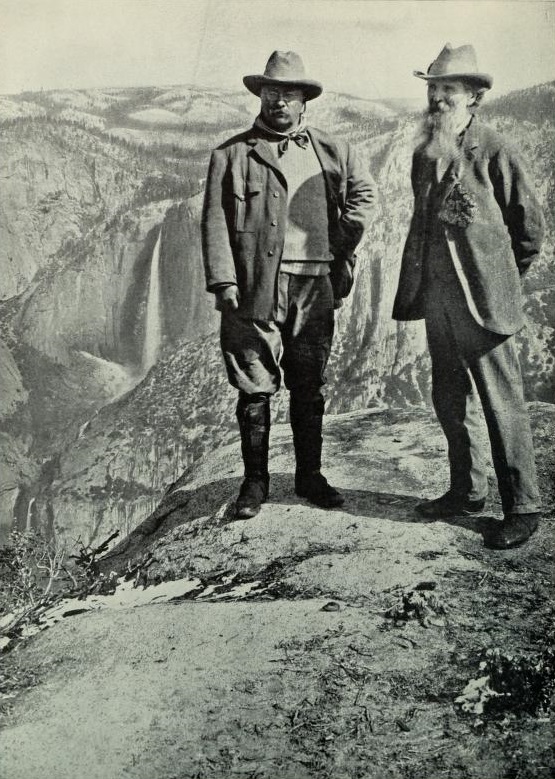(This is part 2 of a 2-part post where a Jungian psychological approach is taken to analysing the history of the West’s relationship with the Amazon rainforest. I recommend you read part 1 if you have not already done so.)
In the late 19th century thinkers like Muir and Thoreau fused insights from Eastern philosophy, Romanticism and natural science, sparking a public interest in ecosystems as spiritual and leisurely places. President Roosevelt established the National Parks system, officially designating certain landscapes as protected wilderness. Designations were partly pragmatic decisions to conserve resources but perhaps more importantly made on a landscapes ability to ignite the feeling of awe. Yellowstone National Park was the first wilderness protected area in the world, but the model spread rapidly across the globe making its way to the Amazon. From this combination of ideas rose the applied science of biological conservation. In the same way Amazonia became the archetypal frontier to Imperial expansionists due to its size and vegetative fecundity, it became the ultimate wilderness in need of protection, in the minds of the conservationists.



 Last month I was lucky enough to undertake a phytolith training placement at the University of Exeter in the Department of Archaeology, working with my second PhD supervisor, Professor Jose Iriarte, and his project team, PAST (Pre-Columbian Amazonian Scale Transformations).
Last month I was lucky enough to undertake a phytolith training placement at the University of Exeter in the Department of Archaeology, working with my second PhD supervisor, Professor Jose Iriarte, and his project team, PAST (Pre-Columbian Amazonian Scale Transformations).